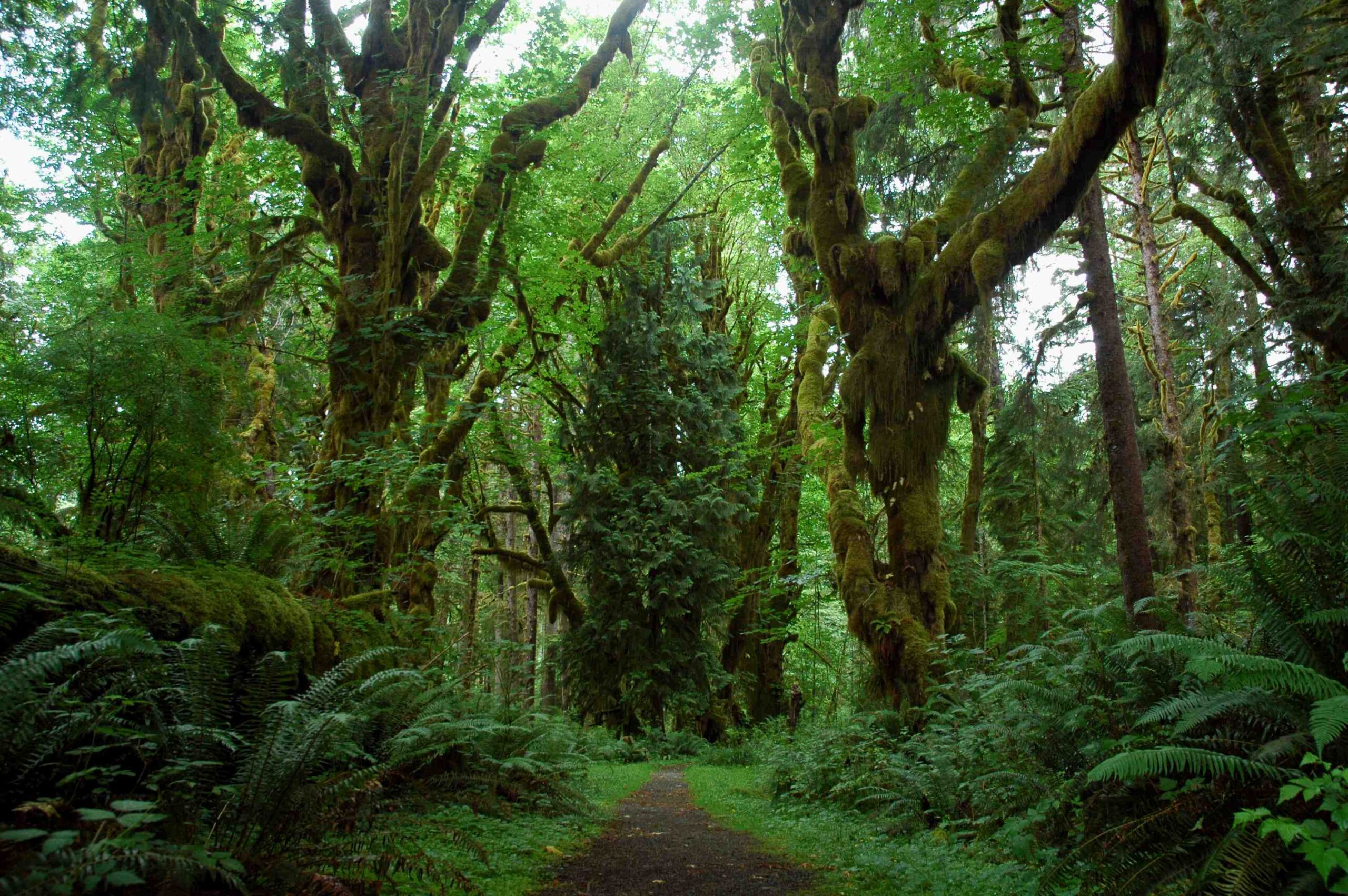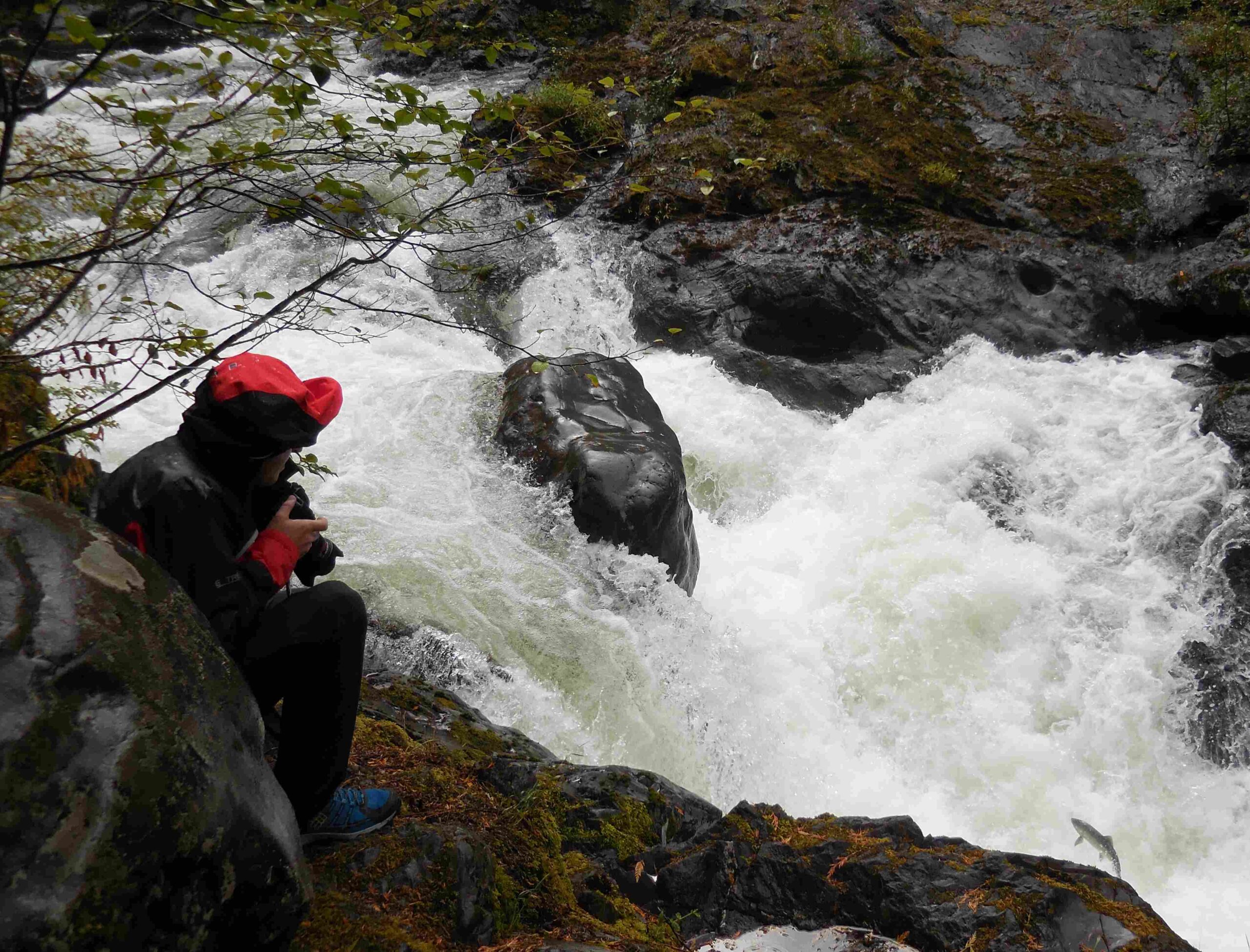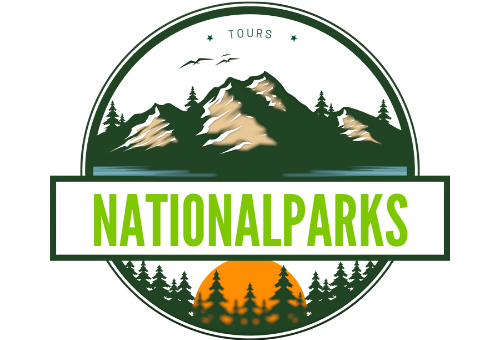The Cape Alava Trail in Olympic National Park is a stunning coastal hike that offers breathtaking views of the Pacific Ocean, ancient forests, and unique cultural sites. This 3.1-mile one-way trail (6.2 miles round trip) is part of the larger Cape Alava Loop, also known as the Ozette Triangle. It leads to Cape Alava, the westernmost point of the contiguous United States, and features diverse ecosystems, historical landmarks, and opportunities for wildlife viewing.
What is the Length and Difficulty of the Cape Alava Trail?

The Cape Alava Trail is a moderate hike with minimal elevation gain, making it accessible to most hikers. Here are the key details:
- Length: 3.1 miles one-way (6.2 miles round trip)
- Elevation Gain: Approximately 100 feet
- Difficulty: Moderate
- Estimated Time: 2-3 hours one-way
The trail consists of three main sections:
- Boardwalk through dense forest
- Beach walk along the rugged coastline
- Return boardwalk through the forest
While the elevation gain is minimal, hikers should be prepared for potentially slippery conditions on the boardwalks and challenging terrain on the beach, including rocks and large driftwood.
What Are the Notable Waypoints Along the Cape Alava Trail?

The Cape Alava Trail offers several interesting points of interest:
- Ahlstrom’s Prairie: A 160-acre meadow that was once farmed by Swedish immigrants, now returned to its natural state.
- Cape Alava: The westernmost point of the contiguous United States, offering stunning coastal views.
- Wedding Rocks: A site featuring ancient petroglyphs carved by the Makah tribe.
- Sand Point: If completing the full Cape Alava Loop, this southern point is known for its beautiful beaches.
How Do I Get to the Cape Alava Trailhead?
To reach the Cape Alava Trailhead:
- Drive on WA-112W
- Turn left on Hoko Ozette Road
-
Follow the road to the Ozette Ranger Station
-
Trailhead Location: Ozette Ranger Station, Olympic National Park
- GPS Coordinates: 48.1537, -124.6687
- Parking: Available near the Ozette Ranger Station
What Should I Know Before Hiking the Cape Alava Trail?
Before embarking on your Cape Alava Trail adventure, consider the following tips:
- Weather Preparation:
- Bring rain gear and warm layers
-
Be prepared for rapidly changing coastal weather
-
Footwear:
- Wear sturdy hiking boots for ankle support on uneven terrain
-
Consider waterproof boots for wet conditions
-
Tides:
- Check tide charts before your hike
-
Plan your beach walk during low tide for safer passage
-
Wildlife:
- Be aware of potential wildlife encounters, including bears and cougars
-
Store food properly and carry bear spray if desired
-
Leave No Trace:
- Pack out all trash
-
Use designated restroom facilities or practice proper waste disposal techniques
-
Cultural Sensitivity:
- Respect cultural sites, especially the petroglyphs at Wedding Rocks
- Do not touch or disturb any artifacts you may encounter
What Permits and Regulations Apply to the Cape Alava Trail?
While day hiking on the Cape Alava Trail doesn’t require specific permits, there are some regulations to be aware of:
- Overnight Camping: Requires a permit from Olympic National Park
- Food Storage: Bear canisters or hard-sided food storage containers are mandatory for overnight trips
- Pets: Not allowed on the trail or in the backcountry
- Fires: Prohibited on the beach and in the backcountry
What is the Best Time to Hike the Cape Alava Trail?
The Cape Alava Trail can be hiked year-round, but each season offers a unique experience:
| Season | Pros | Cons |
|---|---|---|
| Spring | Wildflowers blooming, fewer crowds | Potentially rainy and muddy |
| Summer | Warmest weather, longer daylight hours | More crowded, limited campsite availability |
| Fall | Beautiful foliage, fewer crowds | Increased chance of rain, shorter days |
| Winter | Solitude, potential for storm watching | Cold temperatures, increased risk of hazardous conditions |
For the best balance of weather and crowd levels, consider hiking in late spring or early fall.
What Wildlife Might I Encounter on the Cape Alava Trail?
The Cape Alava Trail offers diverse wildlife viewing opportunities:
- Marine Life:
- Seals
- Sea lions
- Whales (during migration seasons)
-
Tide pool creatures
-
Land Animals:
- Black-tailed deer
- Roosevelt elk
-
Black bears (rare)
-
Birds:
- Bald eagles
- Ospreys
- Various seabirds
Remember to observe wildlife from a safe distance and never feed or approach animals.
How Can I Practice Responsible Hiking on the Cape Alava Trail?
To preserve the natural beauty and cultural significance of the Cape Alava Trail:
- Stay on designated trails and boardwalks
- Pack out all trash, including food scraps
- Use biodegradable soap for washing, and do so away from water sources
- Respect wildlife and maintain a safe distance
- Do not remove any natural or cultural artifacts
- Follow all park regulations and guidelines
By practicing responsible hiking, you help ensure that future generations can enjoy the Cape Alava Trail in Olympic National Park for years to come.

